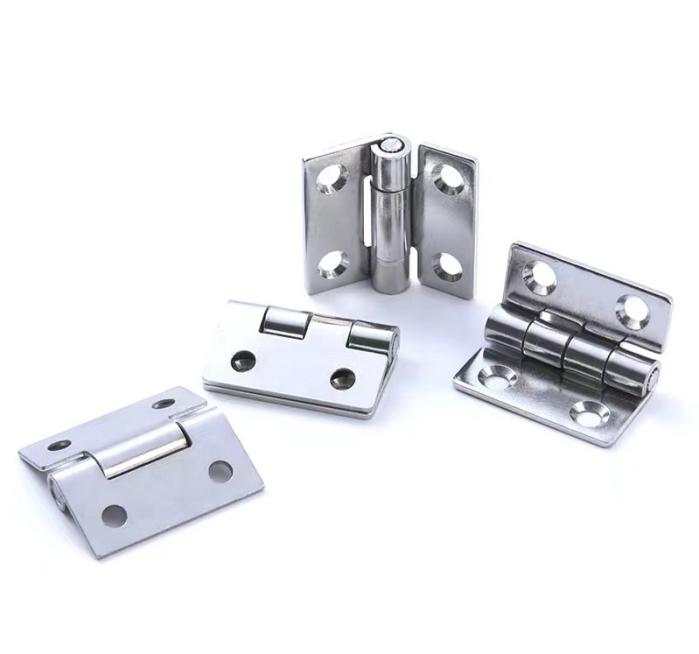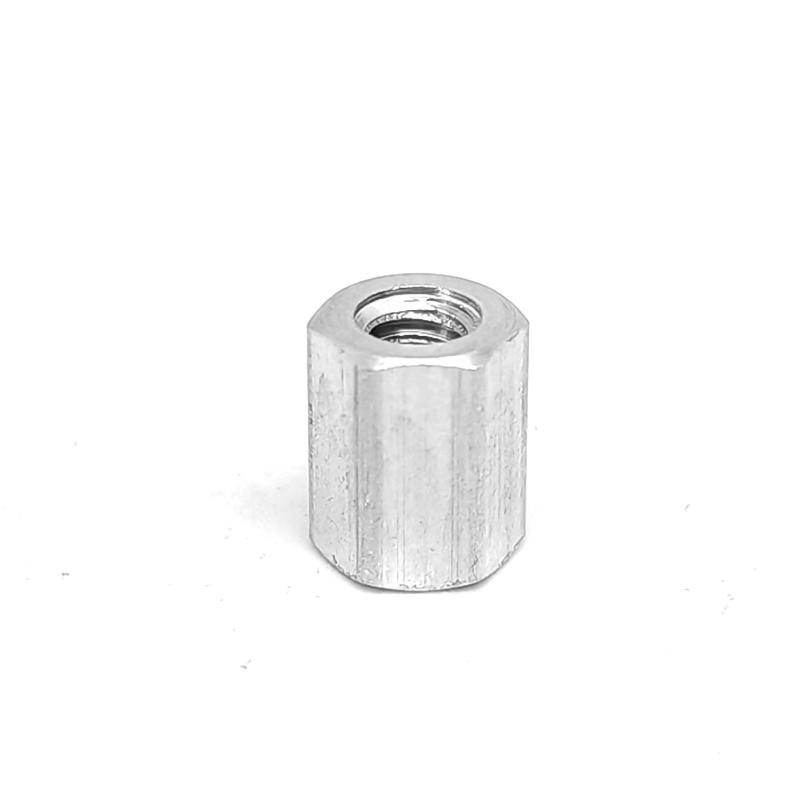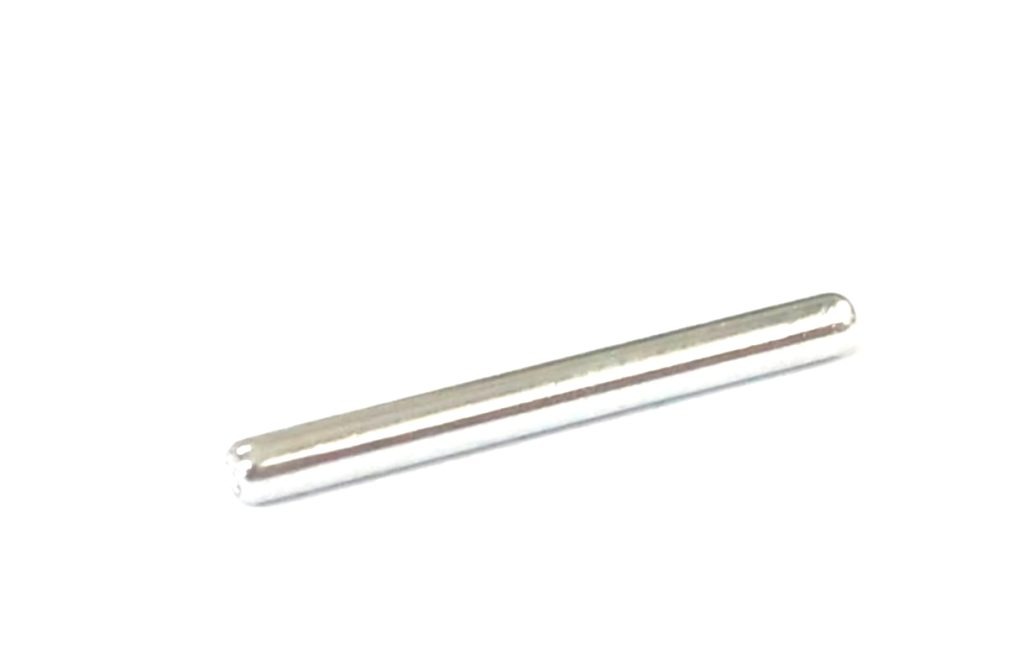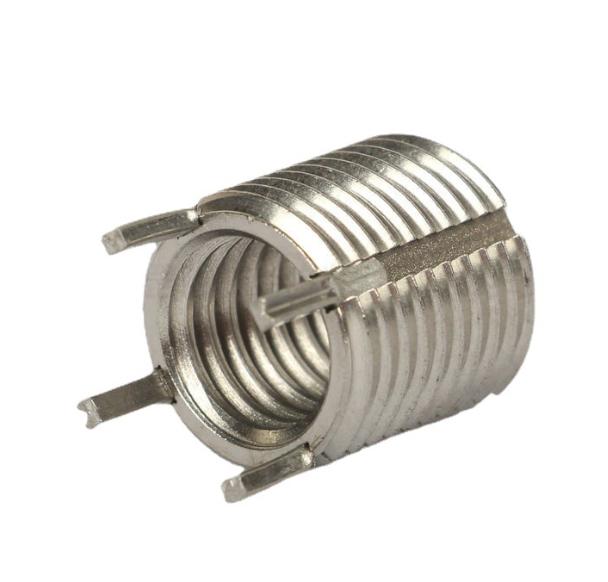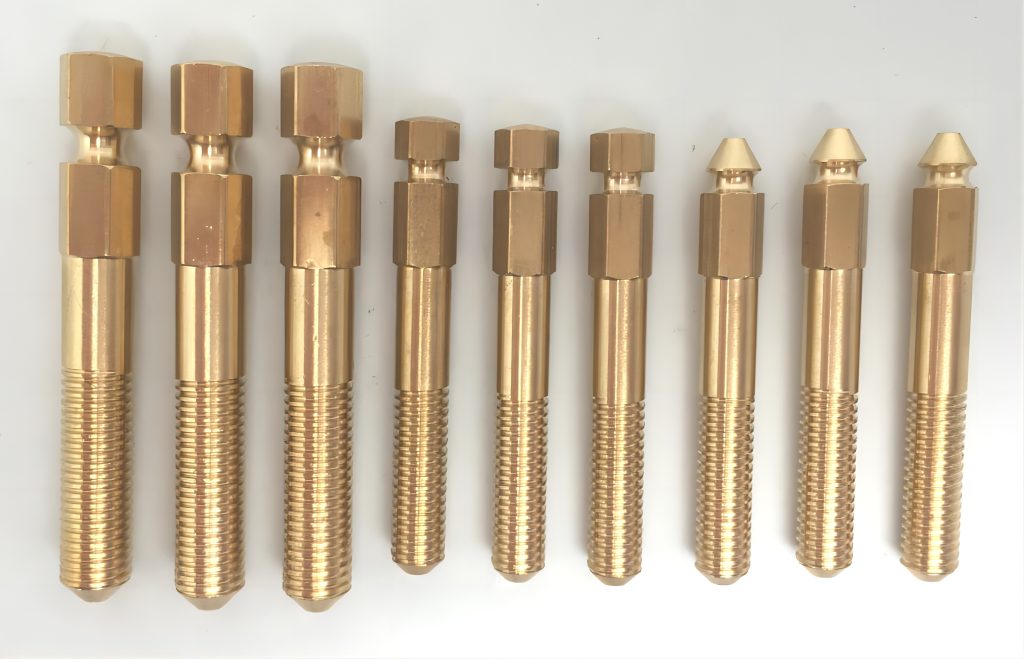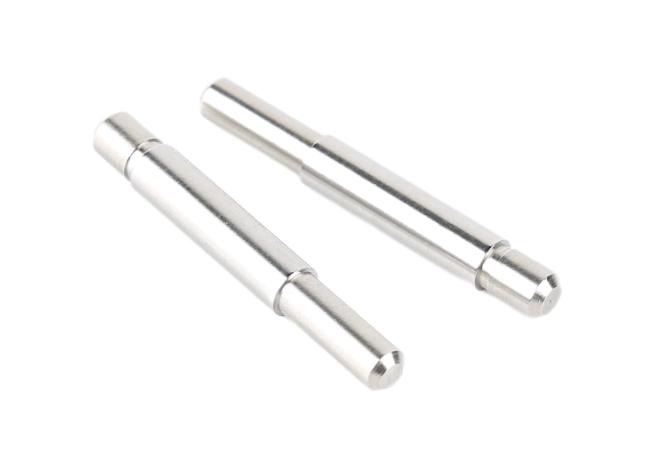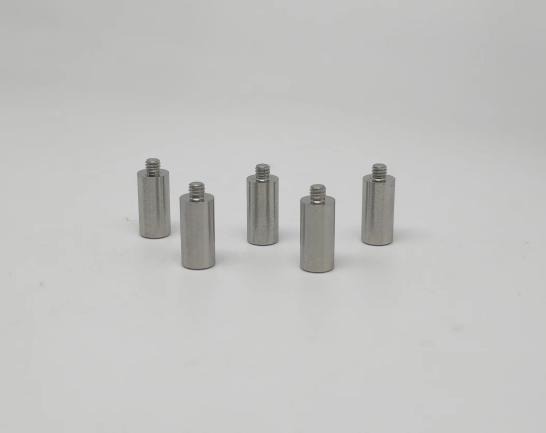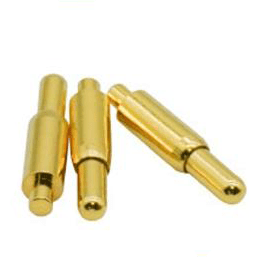Optimizing CNC Machining Precision
CNC machining has revolutionized manufacturing by enabling the creation of intricate and complex parts with unparalleled precision and repeatability. However, achieving the highest levels of CNC machining accuracy requires a deep understanding of the influencing factors and a constant pursuit of improvement. This article delves into the essence of CNC machining precision, explores the factors that affect it, and outlines strategies for achieving optimal results.
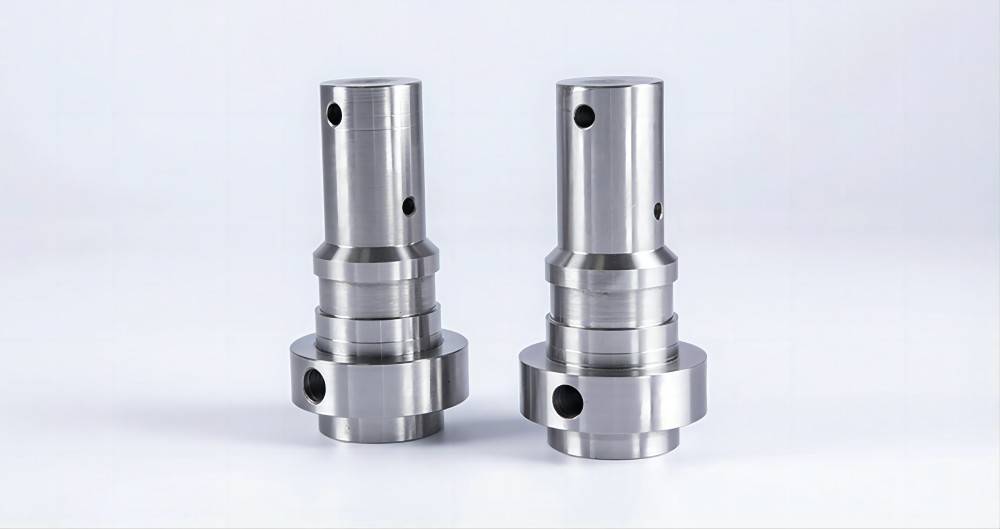
The Essence of CNC Machining Precision
CNC machining precision refers to how closely the final machined part matches the intended design. It encompasses several key parameters:
- Dimensional Tolerance: This defines the permissible variation between the actual measured size and the designed size of a feature on the part.
- Surface Finish: This refers to the smoothness, texture, and overall appearance of the machined surface.
- Geometrical Tolerance: This encompasses errors in shape, form, and orientation of features on a part, such as roundness, flatness, and straightness.
- Positioning Tolerance: This defines the allowable variation in the location of a feature, such as holes or slots, from its intended position.
Factors Affecting CNC Machining Precision
Several factors can influence the precision of CNC machining. These can be broadly categorized into three areas: machine tool factors, cutting tool factors, and programming and setup factors.
1. Machine Tool Factors
- Machine Tool Geometry: Any deviations from the ideal geometry of machine components, such as the spindle or the machine bed, can lead to machining errors.
- Machine Tool Wear: Over time, constant wear and tear from friction and stress can cause machine components to degrade, impacting precision.
- Machine Tool Calibration and Maintenance: Improper calibration or neglected maintenance can prevent the machine from performing at its full potential, leading to less precise parts.
2. Cutting Tool Factors
- Tool Material and Geometry: The chosen tool material and its geometry significantly impact the precision of the cut. Harder materials with well-designed geometries tend to last longer and maintain sharpness, which is crucial for precision.
- Tool Wear and Damage: Worn or damaged tools can lead to poor cuts and increased machining errors. Regular tool inspection and replacement are essential for maintaining precision.
3. Programming and Setup Factors
- Programming Errors: Incorrect or poorly written CNC code can lead to the machine making the wrong movements, resulting in errors in the final product.
- Machine Setup and Calibration: If the machine is not set up or calibrated correctly, it can lead to inconsistent results and a decrease in overall machining precision.
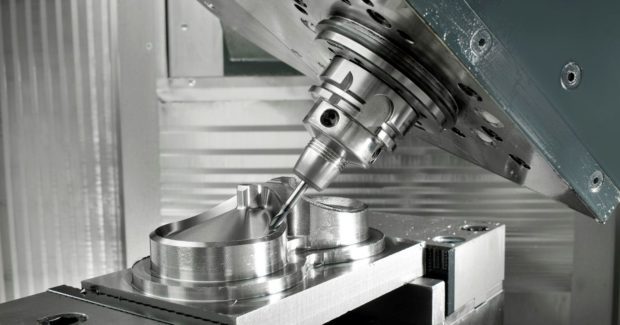
Strategies for Improving CNC Machining Precision
Achieving optimal CNC machining accuracy requires a multi-faceted approach. Here are some key strategies to consider:
1. Invest in High-Quality Equipment
- High-Precision Machine Tools: Opting for machine tools with a high degree of accuracy and constructed from durable materials can significantly reduce the chances of errors.
- Advanced Features and Accessories: Utilizing features like automatic tool changers, coolant systems, and advanced control units can enhance the machine’s capabilities and contribute to improved precision.
2. Implement Rigorous Tool Management Practices
- Regular Tool Inspection and Maintenance: Regularly inspecting the condition of tools and performing preventive maintenance help maintain their sharpness and integrity, minimizing errors.
- Optimal Tool Selection and Use: Choosing the right tool for the specific job and using it within its recommended parameters ensures the best possible results.
3. Develop Advanced Programming Skills
- Advanced Training for Programmers: Providing ongoing training to programmers keeps them updated with the latest technologies and programming techniques, allowing them to write more accurate and efficient code.
- Adoption of Advanced Programming Languages: Learning and adopting advanced programming languages can give programmers more control over the machine, enabling them to achieve higher levels of precision.
4. Optimize the Manufacturing Process
- Process Optimization: Analyzing the current machining process and making adjustments to improve efficiency and minimize errors can lead to better outcomes.
- Implementing Lean Manufacturing Principles: Eliminating waste and reducing variations within the process can lead to more consistent and precise production.
5. Create a Stable Work Environment
- Controlling Environmental Factors: Maintaining a consistent temperature, humidity, and vibration-free environment helps reduce errors caused by fluctuations in these conditions.
- Eliminating Distractions: Providing a clean, organized, and quiet work environment can help operators focus on their tasks, minimizing the likelihood of mistakes.
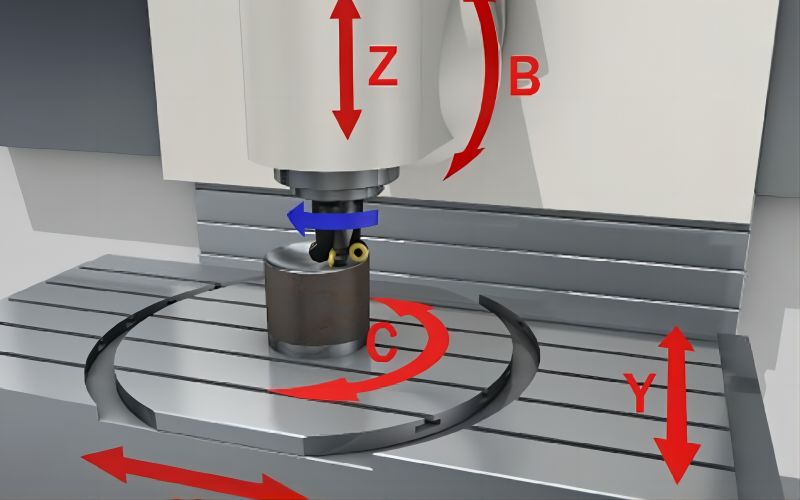
Conclusion
Achieving the highest levels of CNC machining precision requires a comprehensive approach. From selecting the right equipment and tools to implementing rigorous programming, process control, and maintaining a stable work environment, each step plays a vital role in producing parts that meet the most stringent tolerances. As technology continues to evolve, we can expect even more sophisticated methods to emerge, pushing the boundaries of what’s possible in terms of precision in CNC machining. This continuous pursuit of improvement will ensure that CNC machining remains at the forefront of manufacturing, enabling the creation of increasingly complex and precise parts that drive innovation across various industries.

